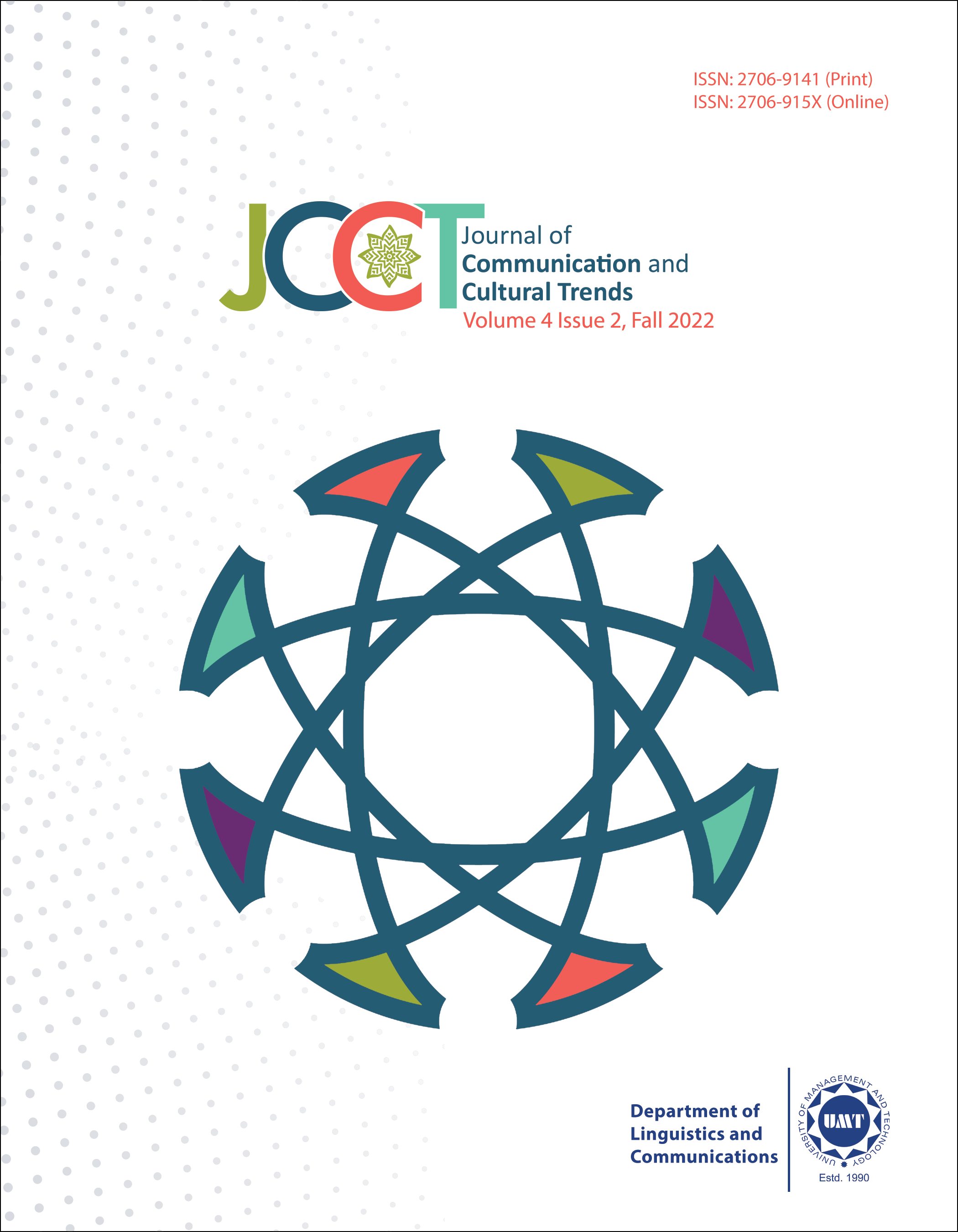Serial Verb Constructions in Nzema: A Descriptive Analysis
Abstract
 Abstract Views: 209
Abstract Views: 209
This paper aims to discuss Serial Verb Constructions (SVCs) in Nzema, a Southern Bia (Kwa) language. It draws on some of the characteristics and properties that have been surveyed in the existing literature, for instance, subject/object sharing, tense, aspect, and negation. It also discusses the types and functions of SVCs in Nzema. The current paper analyses the notions of tense, aspect, and polarity and how they are marked in Nzema SVCs. Most of the data used in the analysis has been derived from the daily conversations of native speakers. Four respondents were approached for the purpose of this study. The analysis shows that Nzema SVCs belong to the types explored in the literature as clause chaining, both integrated and concordial. Moreover, serial verb patterns are used by the speakers to add argument, such as an instrument or beneficiary. Future markers are used before the verbs, while past markers occur after the verbs. On the other hand, progressive aspect markers occur before the verbs in the speech of the respondents. Furthermore, tense and aspect marking are repeated by the respondents on all the verbs in the series. Regarding argument sharing, the object is only shared when the verbs in the series are transitive.
Keywords: argument sharing, clause chaining serialization, concordial serial verb, integrated serial verb construction
Downloads
References
Aikhenvald, A. Y., & Dixon, R. M. W. (Eds.). (2006). Serial verb constructions: A cross- linguistic typology. Oxford University Press.
Aikhenvald, A. Y. (1999). Serial constructions and verb compounding, Evidence from Tariana (North Arawak). Studies in Language, 23(3), 469-497. https://doi.org/10.1075/sl.23.3.02aik
Appah, C. K. I. (2009). The representation of ISVC in C and F structures of LFG: A
proposal. SKASE Journal of Theoretical Linguistics, 6(1), 92-117.
Ameka, F. K. (2006). Ewe serial verb constructions in their grammatical context. In A.Y.
Aikhenvald & R. M. W. Dixon (Eds.), Serial verb constructions: A cross-linguistic
typology (pp. 124-143). Oxford University Press.
Baker, M. (1989). Object sharing and projection in serial verb constructions. Linguistic
Inquiry, 20(4), 513-553.
Bodomo, A. B. (1997). Exploring the syntax and semantics of complex verbal predicate in Dagaare and other Languages [Doctoral dissertation]. Norwegian University of Science and Technology.
Collins, C. (1993). Topics in Ewe Syntax [Doctoral dissertation]. MIT Cambridge.
Durie, M. (1988). Verb serialization and "verbal prepositions" in oceanic languages.
Oceanic Linguistics, 27(1-2), 1-23. https://doi.org/10.2307/3623147
Enoku, Ɛ. N. (1992). Ɛbɛlalekonle. Bureau of Ghana Languages.
Foley, W., & Olson, M. (19850. Clausehood and verb serialization. In J. N. Johanna (Ed.), Grammar inside and Outside the Clause (pp. 17-60). Cambridge University Press.
Lefebvre, C. (1991). Misumalpan verb sequencing constructions. Serial verbs: Grammatical, comparative and cognitive approaches. John Benjamins Publishing Company.
Kari, E. E. (2003). Serial verb constructions in Degema, Nigeria. African Study
Monographs, 24(4), 271-289.
Kilian-Hatz, C. (2006). Serial verb constructions in Khwe. In A.Y. Aikhenvald, & Dixon, R. M. W. (Eds.), Serial verb constructions: A cross-linguistic typology (pp. 108-123). Oxford University Press.
Kwaw, E. F. (2008). Nzema Aneεmεla Tagyee Ne. Unpublished Material.
Lee, S. (1992). The syntax and semantics of serial verb constructions (Publication No. 9239464) [Doctoral dissertation, University of Washington]. ProQuest Dissertations Publishing.
Noonan, M. (1992). A grammar of Lango. Mouton de Gruyter.
Osam, E. K. (1994a). From serial verbs to preposition and the road between. Sprach Typologie and Universalienforschung, 47(1), 16-36. https://doi.org/10.1524/stuf.1994.47.1.16
Osam, E. K. (1994b). Aspect of Akan grammar- A functional perspective (Publication No. 9519683) [Doctoral dissertation, University of Oregon]. ProQuest Dissertations Publishing. https://www.proquest.com/openview/faa77e1b33a9716ad5a50a3fa7214256/1?pq-origsite=gscholar&cbl=18750&diss=y
Sahoo, K. (2001). Oriya verb morphology and complex verb constructions [Doctorial
Dissertation]. NTNU, Trondheim.
Schachter, P. (1974). A non-transformational account of serial verbs. Studies in African
Linguistics, 5, 253-270.
Šefčovič, T. (2015). Serial verb constructions [Bachelor thesis]. Filozofická fakulta Univerzity Palackého. https://theses.cz/id/0xpqct/15166399
Soboh-Blay, A. (1977). Nyamenle asa ɛnlomboɛ ne. Bureau of Ghana Languages.
Williamson, K. (1989). Benue-Congo overview. In J. T. Bendor-Samuel & R. L. Hartell (Eds.), The Niger-Congo languages: A classification and description of Africa’s largest language family (pp. 247-273). University Press of America.
Yin, H. (2015). English and mandarin serial or non-serial verb constructions. International
Journal of Language and Linguistics, 2(2), 39-47.

This work is licensed under a Creative Commons Attribution 4.0 International License. Authors retain copyright and grant the journal right of first publication with the work simultaneously licensed under a Creative Commons Attribution (CC-BY) 4.0 License that allows others to share the work with an acknowledgement of the work’s authorship and initial publication in this journal.








